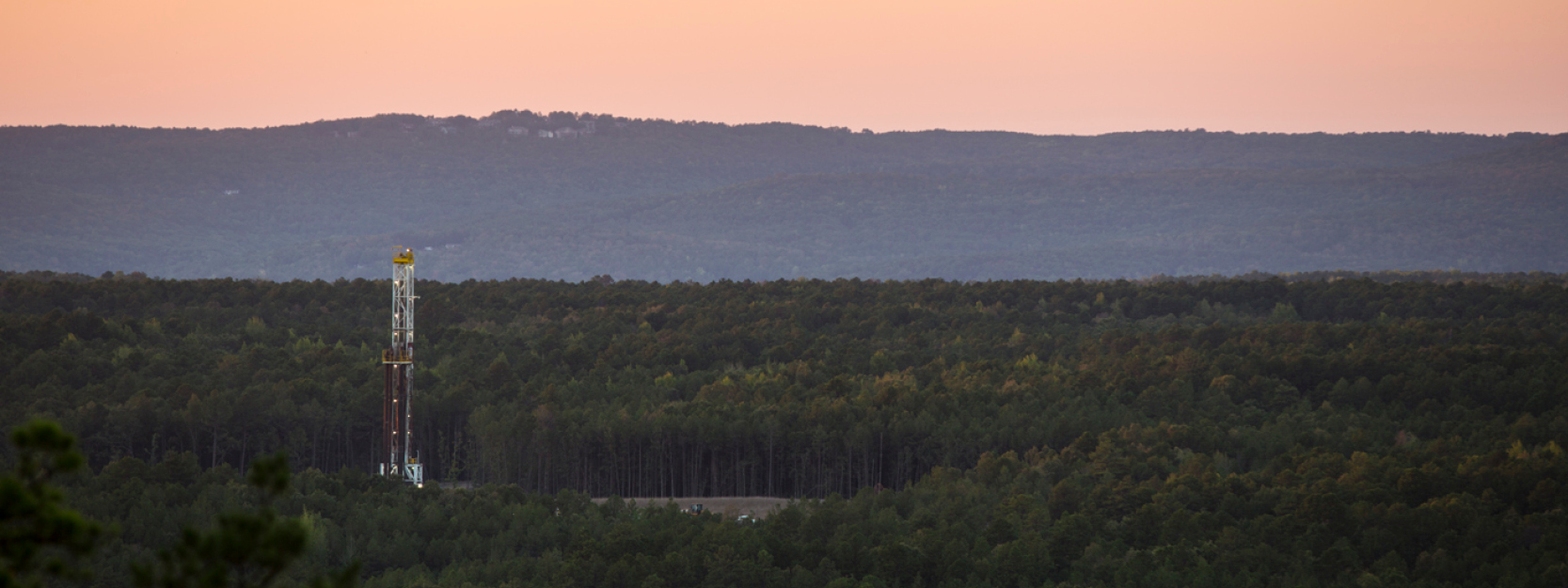THE YEAR 1988 FEELS LIKE A LIFETIME AGO. At the time, the Berlin Wall was still standing, over a million acres in the Greater Yellowstone burned to the ground, and the legal drinking age in Wyoming was 19. It was also the last time the Bureau of Land Management updated the rules that govern its oil and gas leasing program. That’s 35 years without major revisions — which has resulted in an outdated program that threatens the agency’s ability to manage public lands in a way that protects all the uses, including conservation and wildlife values. Thankfully, in July 2023, the BLM took the first steps to change that, publishing a new draft rule to bring its oil and gas leasing program into the 21st century. The rule includes timely improvements that will benefit our public lands and the people of Wyoming in several ways.
The first change is an issue that is close to my heart as the Outdoor Council’s wildlife and public lands advocate. The draft rule takes strides to steer leasing away from lands with little to no potential for oil and gas so that places with important habitat and recreational values can be better managed for those resources. Here in Wyoming, we are blessed with some of the greatest wildlife habitat, blue ribbon fisheries, and untrammeled open spaces in the lower 48. Many of us who live here rely on this surrounding bounty and wouldn’t have it any other way. Unfortunately, when parcels of public lands are proposed for leasing without taking their actual energy potential into account, it allows land speculators to tie up these lands for years, making it difficult for the BLM to manage for other uses, including habitat conservation and recreation.
For example, areas surrounding Seedskadee National Wildlife Refuge and much of the Red Desert are beset with leases on lands with little to no potential for oil and gas development. Both places have phenomenal value for wildlife and recreationists alike, supporting large herds of ungulates, dense populations of Greater sage-grouse, and opportunities for solitude undreamed of in most of the country. By using new criteria that favor leasing land close to existing development and deprioritizing land with important natural and cultural resources, the new rule better equips the BLM to protect the qualities that make Seedskadee, the Red Desert, and other public lands exceptional.
By using new criteria that favor leasing land close to existing development and deprioritizing land with important natural and cultural resources, the new rule better equips the BLM to protect the qualities that make Seedskadee, the Red Desert, and other public lands exceptional.
In parts of Wyoming where oil and gas leasing and drilling does occur, the new rule would better protect taxpayers and ensure companies pay to clean up after themselves when operations cease. Importantly, the new rule raises federal bonding rates for the first time in decades. At current rates, it’s cheaper for companies to walk away and forfeit the money they put down on a bond rather than plug and reclaim wells. Updated bond rates in the new rule would help quash the orphaned well crisis, protecting the public and promoting landscape health. Moreover, the new rates set forth match those Wyoming has had in place for years to drill on state-owned lands, demonstrating that oil and gas companies can afford to pony up adequate funds for clean-up as part of the cost of doing business.
The new rule would also help Wyoming taxpayers receive a fair return on development taking place on our public lands by modernizing royalty rates, rental rates, and filing fees to reflect the economic realities of today. A 2019 analysis conducted by Taxpayers for Common Sense found that taxpayers lost an estimated $120 million in rental revenue between FY2010 and FY2019 from oil and gas leasing on federal lands in Wyoming, due to previously outdated rental rates. If companies are going to reap the rewards of drilling for oil and gas on public lands, they should be compensating the public properly. The new rule, with provisions to increase royalty rates from 12.5% to 16.67%, will ensure just that.
We all know that oil and gas development plays an important role in Wyoming’s economy and is one of the many uses the BLM manages for on our public lands. Given that, it is gratifying to see the agency moving forward with common-sense reforms that better serve the public and the lands it manages. We have a lot to protect in Wyoming — this draft rule helps us take another step in the right direction.
When it comes to the BLM’s oil and gas program, it’s high time we leave the 1980s behind.
Show your support for the new rule by submitting a public comment to the agency ahead of the September 22 deadline.

